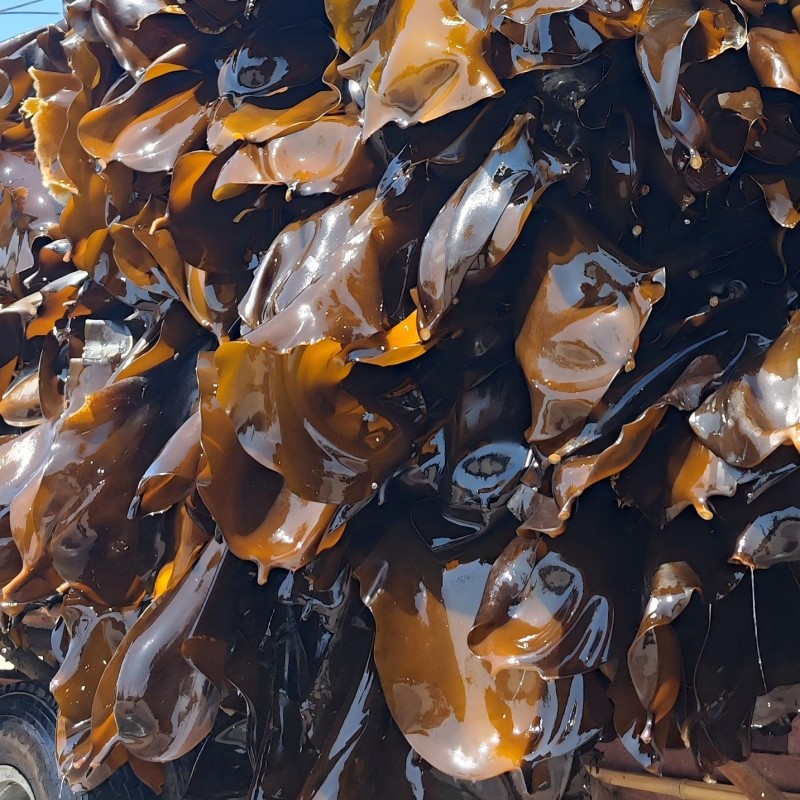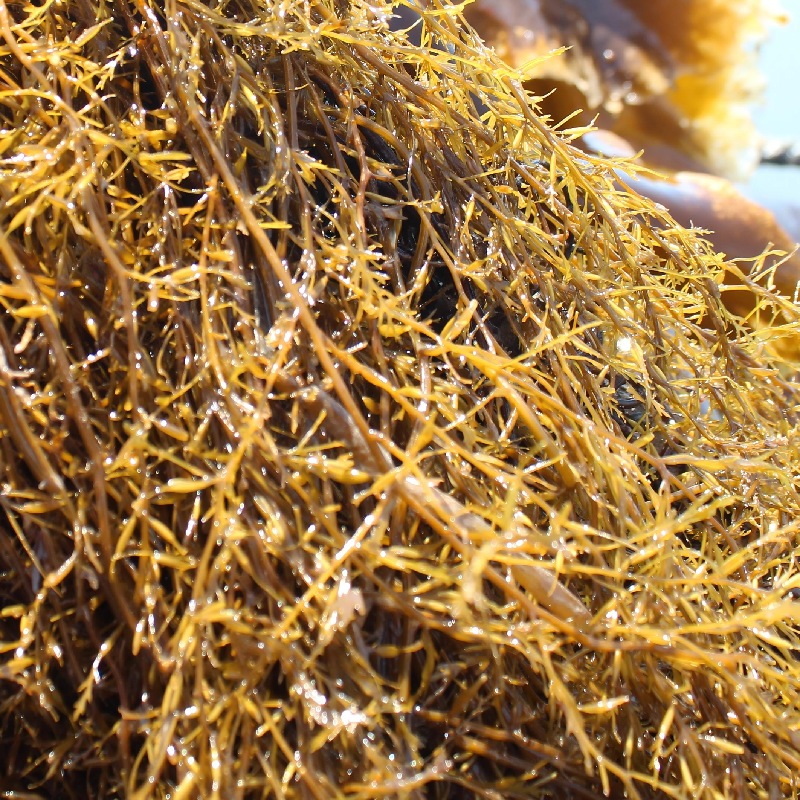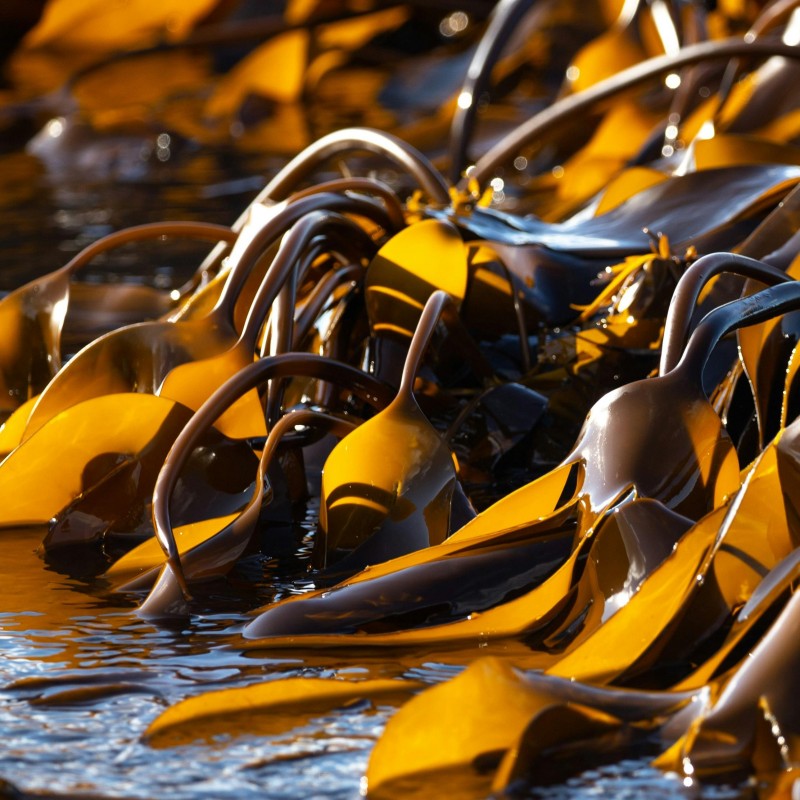Brown Algae Extracts
Brown Algae Extracts for Sustainable Agriculture
Harnessing the power of seaweed for eco-friendly farming solutions
Introduction
Brown algae extracts have emerged as powerful tools in sustainable agriculture, offering natural alternatives to synthetic fertilizers and pesticides. These marine plants are rich in bioactive compounds that enhance plant growth, improve stress resistance, and promote soil health.
Brown Algae Species and Their Extracts

Laminaria japonica (Kelp)
Laminaria japonica is one of the most widely cultivated and studied brown algae species, thriving in cold waters and rich in growth-promoting compounds. Used as biostimulants to enhance seed germination, root development, and overall plant vigor, particularly effective for cereal crops, vegetables, and fruit trees. Read more...

Sargassum
Sargassum is a genus of brown algae primarily found in tropical and subtropical oceans, with abundant growth in the coastal waters of China and Southeast Asia. Our proprietary cold-processing technology ensures maximum preservation of bioactive compounds within 4 hours of harvest, maintaining over 95% of the original phytohormones and antioxidants present in fresh Sargassum.

Ecklonia maxima
Ecklonia maxima is native to southern Atlantic coasts of Africa, known for its high concentration of unique phlorotannins and bioactive compounds. Valued for enhancing plant stress tolerance and improving fruit quality, widely used in vineyards, orchards, and high-value vegetable production. Read more...
Key Benefits of Brown Algae Extracts:
1. Promote Rooting
- Amino Acids & Peptides: Natural plant growth hormones (auxins) stimulate root initiation and development
- Humic Acid: Enhances root system architecture and nutrient uptake efficiency
2. Stress Resistance
- Betaine, Proline: Osmoprotectants that maintain cellular integrity under abiotic stress
- Creatine, Trehalose: Energy metabolites that protect plants during extreme conditions
3. Flowering & Fruit Retention
- Seaweed Fluid Boron: Essential for pollen tube growth and flower development
- Seaweed Boron-Molybdenum-Zinc: Balanced micronutrients for optimal flowering and fruit set
- Seaweed Chelated Calcium-Magnesium/Boron: Improves fruit retention and reduces blossom-end rot
4. Yield & Quality Enhancement
- Seaweed Macronutrients (N-P-K): Balanced nutrition for vigorous growth and high yields
- Seaweed-Based Chelated Micronutrients: Highly bioavailable trace elements with organic chelators
- Specialty Amino Acids: Enhance protein synthesis and improve crop quality parameters